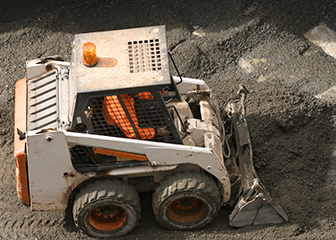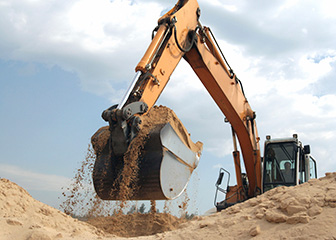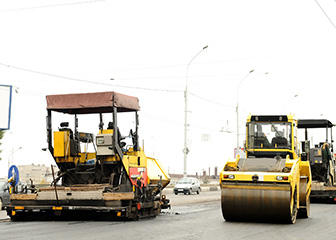How to Become a Construction Equipment Operator About this section

Hand-eye coordination is needed to operate equipment.
Many workers learn equipment operation informally on the job, while others learn through a formal apprenticeship or by attending private trade schools.
Training
Many workers learn their jobs by operating light equipment under the guidance of an experienced operator. Later, they may operate heavier equipment, such as bulldozers. Technologically advanced construction equipment with computerized controls and improved hydraulics and electronics requires greater skill to operate. Operators of such equipment may need more training and some understanding of electronics.
Others learn their trade through a 3- or 4-year apprenticeship. For each year of the program, apprentices must have at least 144 hours of technical instruction and 2,000 hours of paid on-the-job training. On the job, apprentices learn to maintain equipment, operate machinery, and use special technology, such as global positioning system (GPS) units. In the classroom, apprentices are taught map reading, operating procedures for special equipment, safety practices, and first aid. Because apprentices learn to operate a wider variety of machines than do other beginners, they usually have better job opportunities.
After completing an apprenticeship program, apprentices are considered journey workers, doing tasks with less guidance.
A few groups, including unions and contractor associations, sponsor apprenticeship programs. The basic qualifications for entering an apprenticeship program are as follows:
- Minimum age of 18
- High school education or equivalent
- Physically able to do the work
Education
Private vocational schools offer programs in certain types of construction equipment operation. Finishing one of these programs may help someone get a job. However, people considering this kind of training should check the school’s reputation among employers in the area and find out if the school offers the opportunity to work on actual machines in realistic situations.
A lot of information can be learned through instruction; to become a skilled construction equipment operator, however, a worker needs to physically do the various tasks. Many training facilities incorporate sophisticated simulators into their training, allowing beginners to familiarize themselves with the equipment in a controlled environment.
A high school diploma or equivalent is usually required. High school courses in English, math, and shop are useful. A course in auto mechanics is helpful because these workers may do maintenance on their machines.
Licenses
Construction equipment operators often need a commercial driver’s license to haul their equipment to various jobsites. State rules about commercial driver's licenses vary.
A few states have special operator’s licenses for operators of backhoes, loaders, and bulldozers.
Piledriver operators may need to have a crane operator certification or license. Because some states classify piledrivers as cranes, 18 states currently require piledriver operators to have a crane license. In addition, the cities of Chicago, New Orleans, New York, Omaha, Philadelphia, and Washington, DC, require special crane licensure.
Advancement
Some construction equipment operators choose to teach in training facilities. Other operators start their own contracting businesses, although doing so may be difficult because of high equipment startup costs.
Important Qualities
Eye–hand–foot coordination. Workers should have steady hands and feet to guide and control heavy machinery precisely, sometimes in tight spaces.
Mechanical skills. Because workers must often do basic maintenance on the equipment they operate, they should have good mechanical skills.
Unafraid of heights. A few equipment operators must work at great heights. For example, piledriver operators may need to service the pulleys that are located on the roof of a building.






